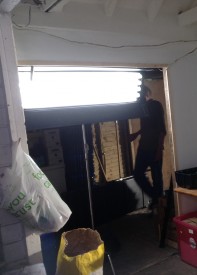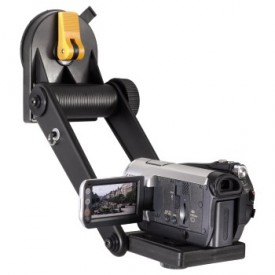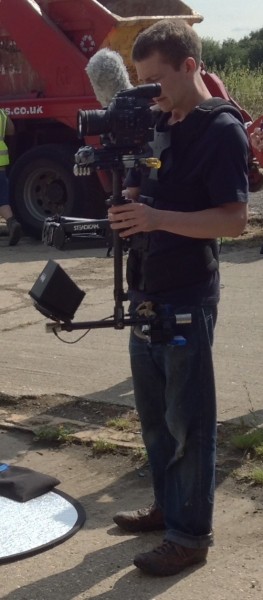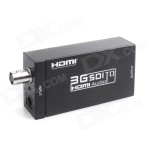Now is a great time to be learning or honing your craft as a director of photography. Today I want to flag up just three of the great resources that are out there at the moment.
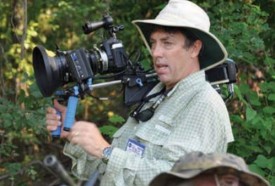 Shane’s Inner Circle
Shane’s Inner Circle
Shane Hurlbut, cinematographer of Terminator: Salvation, Need for Speed and Act of Valour, has been publishing brilliantly informative blogs for a long time now. But for those who want even more, he’s recently launched Shane’s Inner Circle, which you can join for the bargain price of about £4 a month. As well as special blogs called ‘Power Posts’, each month you get two detailed reports called ‘On Set With Shane’. In these, Shane takes you through a day of shooting – currently on the Amanda Seyfried-starrer Fathers and Daughters – and breaks down every creative decision he made. Recce photos, frame grabs, lighting diagrams and links for all the equipment used make this an essential and unparalleled resource. You also get to join a Facebook page where you can discuss your cinematography issues with other members, and you can submit questions for Shane himself, which he answers in a monthly podcast. Incredible value for money from one of the most generous men in Hollywood.
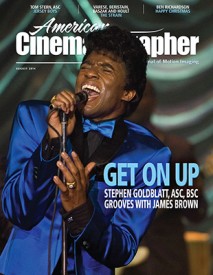 American Cinematographer
American Cinematographer
From the American Society of Cinematographers, this magazine tells you how the DPs at the top of their game are doing their thing. Each month they interview the cinematographers behind three or four of the month’s biggest movie releases, discussing shooting format, stock and lens choices, visual grammar, and lighting. Many of the lighting diagrams boggle my mind, showing huge soundstages rigged with 60 space lights and 40 2Ks, or nighttime exteriors lit with mutiple 12Ks and massive cranes flying 40×40′ diffusion frames overhead. But despite the… shall we say… aspirational level of resources being used by these cinematographers, the principles are entirely scaleable. It’s also very heartening to discover that there’s never enough money, as top DPs speak of being forced into choosing digital over celluloid by penny-pinching studio execs. And it’s fascinating to learn of the range of cameras that are being used. Captain Philips, for example, used Super-16, 35mm and digital for various creative and practical reasons. Buying imports of American Cinematographer can get expensive, but you can get a year’s digital subscription plus two free issues for just £19.
 DOP Documents
DOP Documents
Stephen Murphy is an accomplished cinematographer, whose work I first noticed in the beautifully shot feature pilot Mrs. Peppercorn’s Magical Reading Room. For the last couple of years he has been publishing occasional ‘DOP Documents’ – PDF scrapbooks showcasing the work of cinematographers Stephen admires. These documents are laid out with elegant simplicity, allowing the reader to admire the frame grabs, interspersed with relevant quotations from the DP in question. Light-meisters covered so far include Adrian Biddle (Aliens), Jan de Bont (Die Hard), Douglas Slocombe (Indiana Jones trilogy) and Alex Thompson (Legend), so there’s plenty of gorgeous eighties lighting on display, but not exclusively so. They would work beautifully as a big coffee table book, but for now we must be content with PDFs. Which are absolutely free. Stephen’s other blog posts, covering his lensing of various productions, and sharing results of stock and filter tests, are also well worth checking out.




